Lyceum St. Nicholas, Harbin, 1929-1949


In 1929 the Lyceum Saint Nicholas opened its doors in order to provide a Christian education for the boys of the large Russian émigré community living in Harbin, China in the aftermath of the Russian Revolution and Civil War. The school was open to both Russian Catholic and Orthodox students.
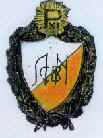
Lyceum's Coat of Arms
The Lyceum's course of study was modeled on that of a typical "gymnasium" that one would have encountered in pre-revolutionary Russia. In addition to the usual courses, such as mathematics, physics, geography, and history, a plethora of languages were also studied: Russian, of course, but also Japanese, Chinese, English, Latin, Greek, and Church Slavonic. Religion, music and sports rounded out the curriculum.
Under the care of the Byzantine-rite priests of the Marian Fathers, the Lyceum was staffed by many outstanding educators and priests. Among the latter were: Fr. Archimandrite Fabian Abrantovic, Fr. Archimandrite Andrei (Tsikoto), the Hieromonks Frs Kosmas (Naylovich), Joseph (Germanovich), and Thomas (Podziava), and Frs. Paul (Portniagin), Paul (Chaleil), and Antony (Leshchevich).
The Lyceum's graduates can be found scattered over the globe.] The school produced young men whose educations prepared them well to be leaders in their chosen fields, and the Lyceum's graduates number many successful businessmen and engineers.
The Lyceum was also responsible for fostering a number of vocations, including those of Russian Catholic Bishop Andrei (Katkoff), the Russian Catholic priests Fr. Archimandrite George Branch (Brianchaninoff) and Fr. Antony (Anickovich), and the Russian Orthodox priest Fr. Gregory (Malyshev).
With the triumph of the Chinese Communists on the mainland in 1948, the Lyceum's priests were arrested and the Lyceum was forced to close. The priests, including Archimandrite Andrei (Tsikoto), Frs Joseph (Germanovich), Thomas (Podziava), Paul (Portniagin), and Paul (Chaleil), were turned over to the Russian Communists and imprisoned in the Gulag system. Fr. Archimandrite Fabian (Abrantovich) (photo to left) and Fr. Antony (Leshchevich), who prior to this time had been transferred and were serving in Eastern Poland (now Belarus) when World War II broke out, were also arrested.
Fr. Antony was arrested and executed by the Nazis; Archimandrite Fabian was arrested by the NKVD (later renamed KGB) and appears to have been held in Soviet prisons for several years before also being executed, shot in the infamous Lubianka prison run by the KGB in Moscow.
Frs Germanovich, Podziava and Chaleil were eventually released and made their way to the West; Frs. Germanovich and Podziava served at the Belarussian Catholic mission on London, and Fr Chaleil worked with the Russian Catholics in Paris. Fr. Archimandrite Andrei and Fr. Paul Portniagin died in the gulag. So, both directly and indirectly, the Lyceum also gave the Churches several martyrs and confessors of the faith.
Most of the Russian emigres chose to leave Harbin, with many eventually finding their ways to Australia, Canada and the United States, with some even choosing to return to the Soviet Union. The Lyceum graduates among them brought their faith and their education with them and enriched the new societies among which they settled. In the short time of its existence, the Lyceum achieved remarkable results and left an indelible imprint on those associated with it.
Its several legacies, educational, cultural and above all spiritual, are important historical treasures for the both the Russian Catholic and Belarussian Byzantine Catholic Churches.
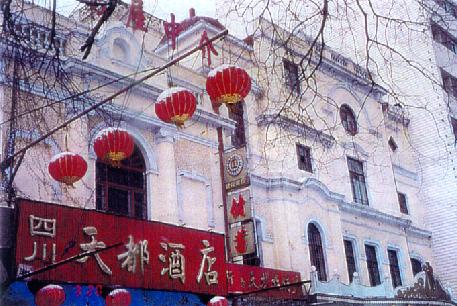
The Lyceum as it appears today — two views

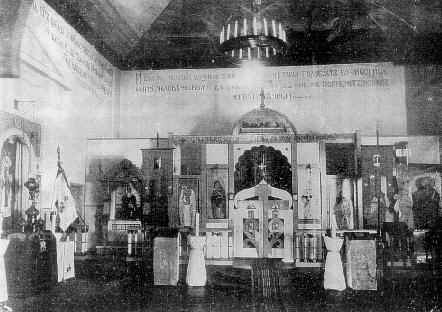
The Chapel of St. Nicholas, Lyceum, Harbin, China
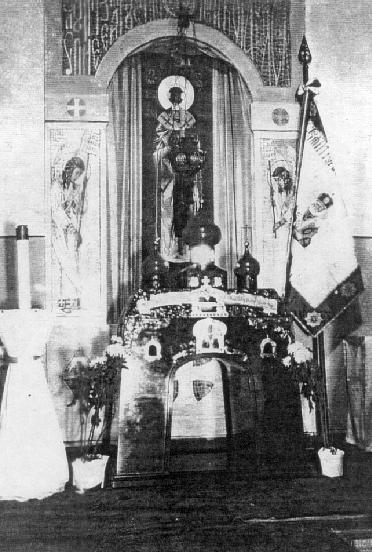
The Reliquary at St. Nicholas Chapel, Harbin, China

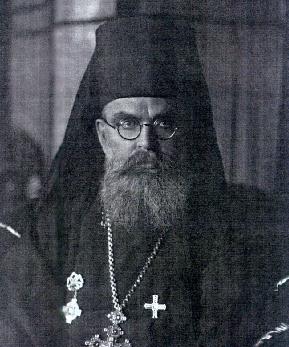
The Servant of God, Archimandrite Fabian (Abrantovich)
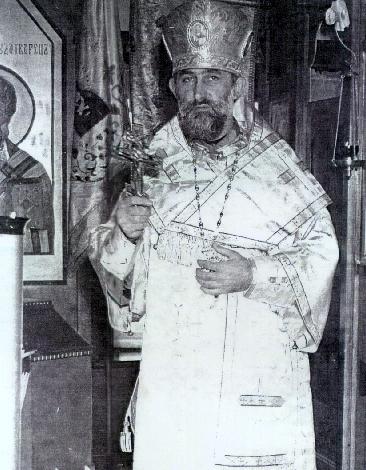
Bishop Andrei (Katkoff) at St. Nicholas Church in Melbourne, Australia

